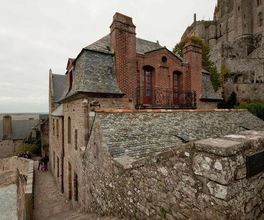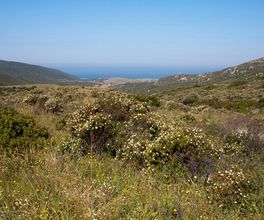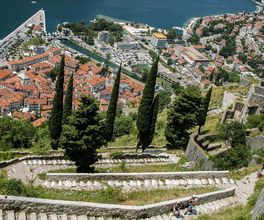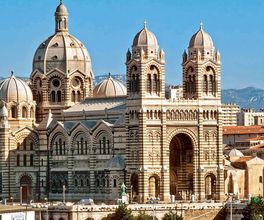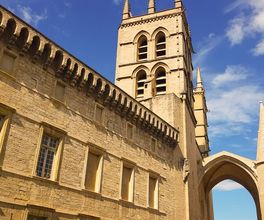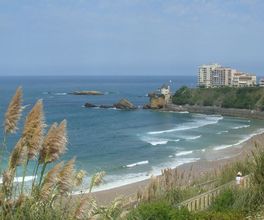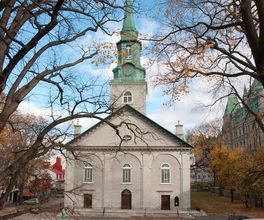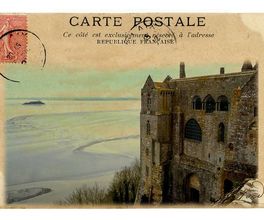




About this experience
The sea air of Saint-Malo is filled with a passion for freedom and adventures. Together we will walk through the city center, stroll along the fortress walls, admiring the beauty of the beach and marveling at the power and speed of the largest tides in Europe. You will understand why this city is for corsairs, hear about Anne of Brittany, and learn about the history of Saint-Malo's independence.
What to expect
French Catalans
We will head to the part of the city located inside the fortress. In the central square, we will explore the castle of the Breton dukes, built back in the 15th century. I will tell you about Anne of Brittany and her relationships with the city, help find the truth in the numerous legends about the ruler. In the Cathedral you will see the stone where Jacques Cartier knelt before setting out to "discover" Canada. You will learn about the period when Saint-Malo was an independent republic for 4 years, discover the free-spirited nature of the locals, and understand why they still say "I am not French, I am not Breton, I am Malouin."
Relations with the English
We will climb the fortress wall and talk about the emergence of the city and its construction. From here, the royal fort, which witnessed clashes between Bretons and Britons, is clearly visible. I will explain how the history of the "hellish machine" is connected with the street of the Dancing Cat. Continuing the military theme, we will discuss the period of Resistance and the destruction left by World War II.
Romanticism and the romance of the great road
If we are lucky and catch the low tide, we can walk along the beach along the spit, peek at the neighboring islands. On one of them, as tradition dictates, Chateaubriand is buried, facing the sea. You will learn that the beauty of the sea landscapes inspired not only for novels but also for piracy: for many centuries, this was the main port of corsairs. I will explain their difference from pirates, tell about Surcouf, the "king of corsairs" - and perhaps you will understand why Bretons venerate him as a national hero.
